In the simplest possible terms, an object’s ballistic coefficient (BC) is the objective measure of its ability to overcome air resistance in flight. Anything you could name has a BC – a baseball, a football, a coconut cream pie – but we most often see the term used to describe how efficiently a bullet can fly through the air.
A bullet’s BC is typically less than 1 and recorded to the thousandth decimal place (with notable exceptions; the 50 BMG’s BC exceeds 1.000). For example, the G1 BC of a standard 5.56×45 55gr FMJ round usually falls at around 0.243. (We’ll get to the meaning of “G1” in a moment.) The G1 BC of a 308 Win 150gr FMJ round is higher at approximately 0.313. The G1 BC of a 224 Valkyrie 75gr FMJ cartridge is even higher at around 0.400.
The preceding paragraph illustrates the most important thing about BC measurements: the higher the number, the more efficiently the projectile overcomes air resistance in flight.
How Does Ballistic Coefficient Impact Your Shooting?
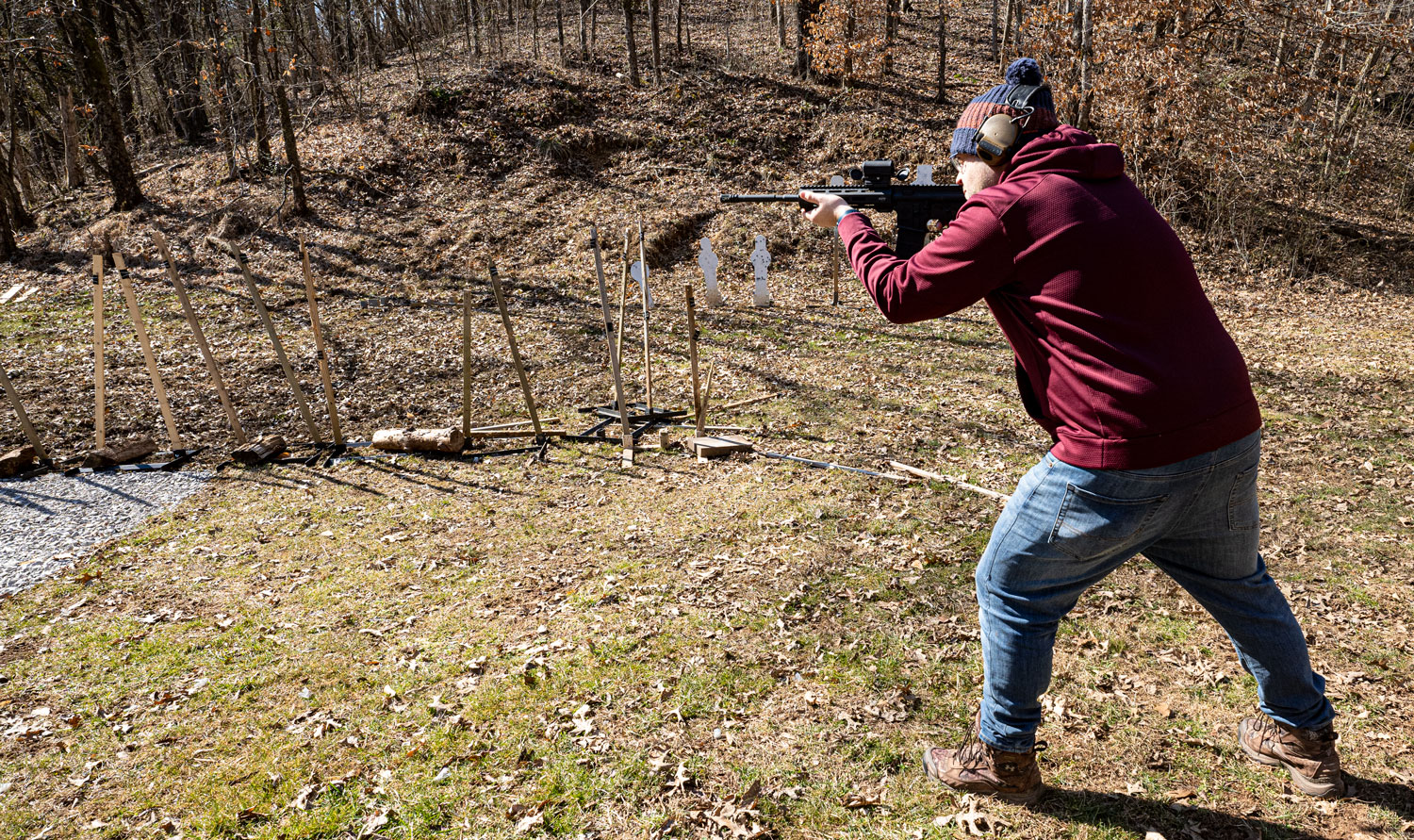
A bullet with a higher BC generates less in-flight drag. This enables it to retain more velocity as it flies farther and farther downrange. The greater the bullet’s velocity, the slower the rate at which it drops. A bullet’s BC thus describes how flat a trajectory it will follow, as well as how hard it will strike its target on impact and how well it can resist wind deflection.
If you would like to see a demonstration of BC in action, check out this great tool by ShootersCalculator.com. We have preset this chart to show the ballistic performance of a heavy .223 cartridge. You can use the tool calculate a good overview of any cartridge’s ballistics. Increase the number in the “Ballistic Coefficient” field, and you will notice that the cartridge’s trajectory elevations at 100, 200, 300 and 400 yards all become lower. Decrease it, and its trajectory will have to arch even more in order to reach the 500-yard zero.
Bullet with .243 ballistic coefficient:
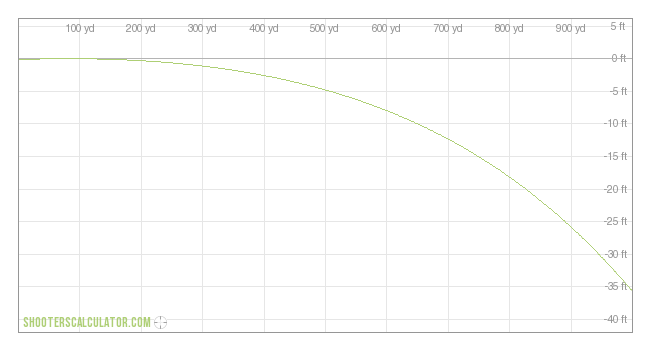
The same bullet caliber/weight with .443 ballistic coefficient: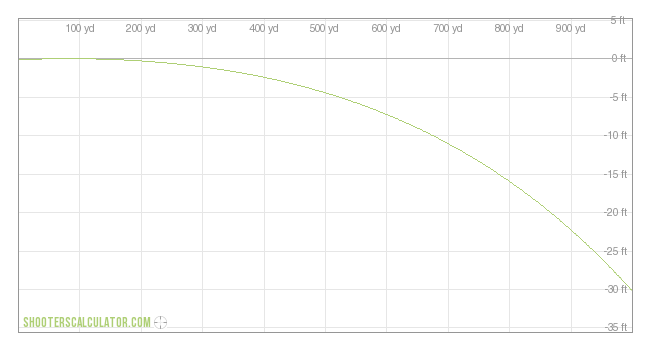
A bullet’s BC is extremely useful information for rifle shooters who want some estimation of how well a cartridge is going to perform over long distances. It gives an excellent overview of a cartridge’s effective range!
Once again, every object has a BC, so it only follows that pistol rounds have them as well. That said, the BC of something like 9mm ammo or 40 S&W is rarely mentioned because handguns are not generally used for long-distance shooting.
How Do You Calculate Ballistic Coefficient?
A bullet’s ballistic coefficient is the ratio of its sectional density to its coefficient of form. If you want to do a little math, then you can use this formula to calculate a bullet’s ballistic coefficient:
BC = m/(d²((2/n)√((4n-1)/n))
(m, mass of bullet; d, diameter of bullet; n, number of calibers of the projectile’s ogive)
If you would rather snort fire ants than try to work through that equation, then you are in luck: JBM Ballistics provides a convenient BC calculator which only requires that you that enter the near velocity (such as the muzzle velocity), far velocity (measured at any point throughout the bullet’s trajectory), and distance separating the near and far velocities. Most ammo manufacturers provide at least this much data for their cartridges right on their packaging or website. (You may additionally enter atmospheric data if they are available.)
If you inspect JBM Ballistics’ BC calculator, you will notice the drag function menu. There is no need to be daunted by so many options, as only two functions are commonly used: G1 and G7.
What’s the Difference Between G1 and G7 Ballistic Coefficients?
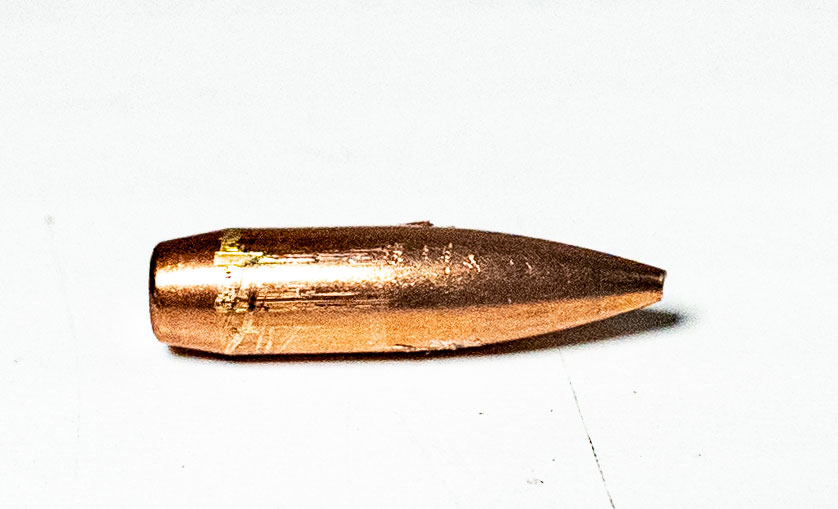
Let’s preface this explanation by pointing out that not all bullets share the same shape. A bullet with a more aerodynamic profile is quite naturally going to boast a higher BC. A wadcutter, which is cylindrical and has a flat nose, does not have as high a BC as a round nose bullet. A round nose bullet’s profile is less ballistically efficient than a pointed spitzer bullet. Furthermore, a spitzer bullet’s BC is lower than that of an HPBT (the boat tail of which is designed specifically to generate less in-flight drag).
But if the mathematical formula above demonstrates anything at all, it’s that a bullet’s BC depends heavily on its physical dimensions. For this reason we cannot use the same standard to determine every bullet’s ability to overcome air resistance in flight. This is where projectile shapes come into play:
- G1 (flat base with blunt nose ogive)
- G2 (Aberdeen J)
- G5 (short 7.5° boat tail, 6.19 calibers long tangent ogive)
- G6 (flat base, 6 calibers long secant ogive)
- G7 (long 7.5° boat tail, 10 calibers tangent ogive)
- G8 (flat base, 10 calibers long secant ogive)
- GL (blunt lead nose)
In all our years of selling ammunition, we have only seen ammo manufacturers use the G1 and G7 standard projectile shapes. In other words, you will be just fine if you only consider G1 and G7 BCs.
The G1 shape looks like your standard handgun round’s FMJ. It has been used since the turn of the century (not the one Bill Clinton failed to build a bridge to; the previous turn of the century), and it provides a valid measurement of BC even if rifle bullets don’t strictly conform to that traditional shape any longer.
The G7 shape more accurately represents modern rifle bullets – especially ones that feature a boat tail (aka tapered base). In short, if you’re firing an HPBT or other sleek, streamlined long-distance rifle bullet, you will likely find the G7 BC a more accurate predictor of its ability to overcome in-flight drag and resultant trajectory.
The Takeaway
A bullet’s ballistic coefficient (BC) reflects how efficiently it overcomes in-flight drag. Once you have a bullet’s BC, you can accurately estimate its elevation and velocity at any point throughout its trajectory.
- You can calculate a bullet’s BC using this handy tool by JBM Ballistics. (A round’s muzzle velocity and velocity at several hundred yards are both data commonly offered by its manufacturer.)
- Once you have a bullet’s BC, you can calculate its trajectory.


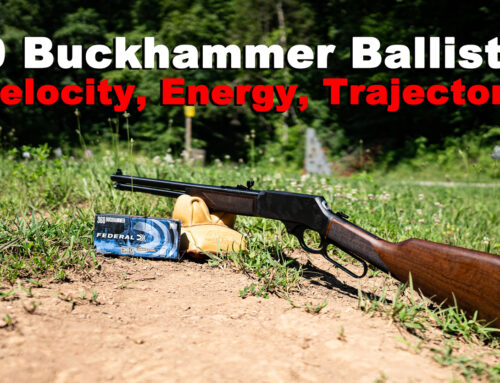
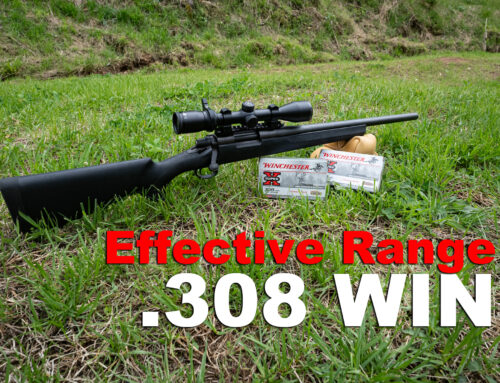
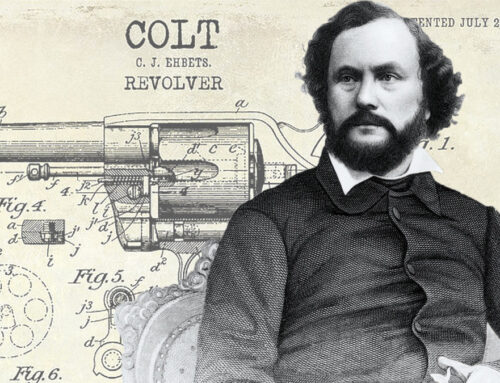
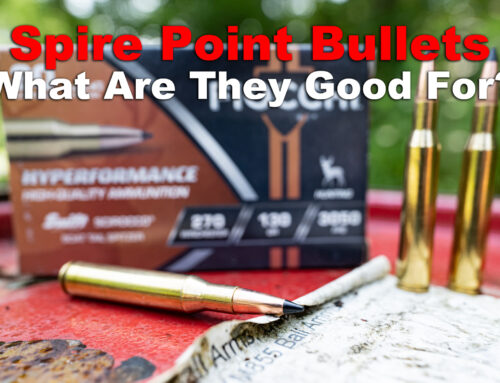
Leave A Comment